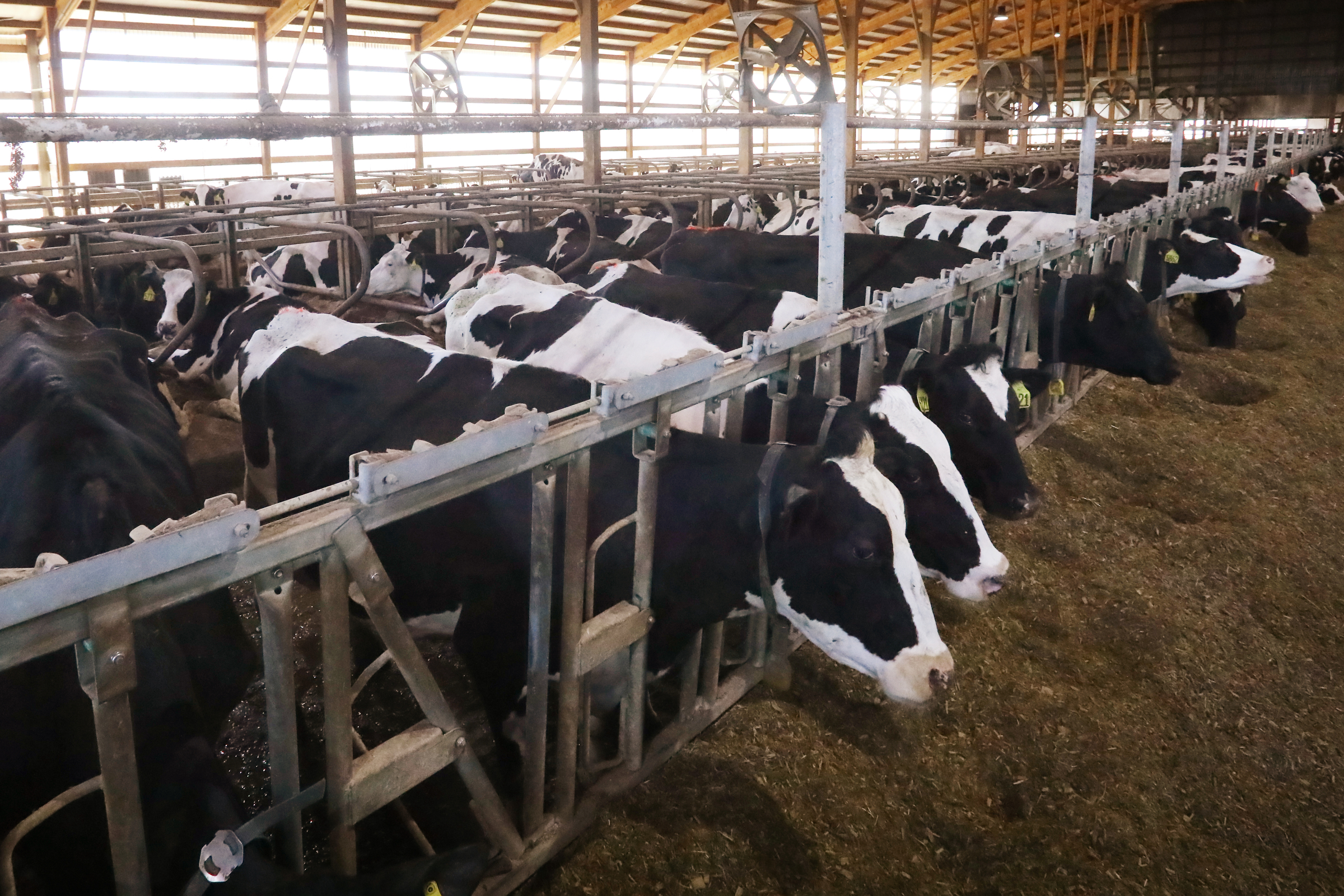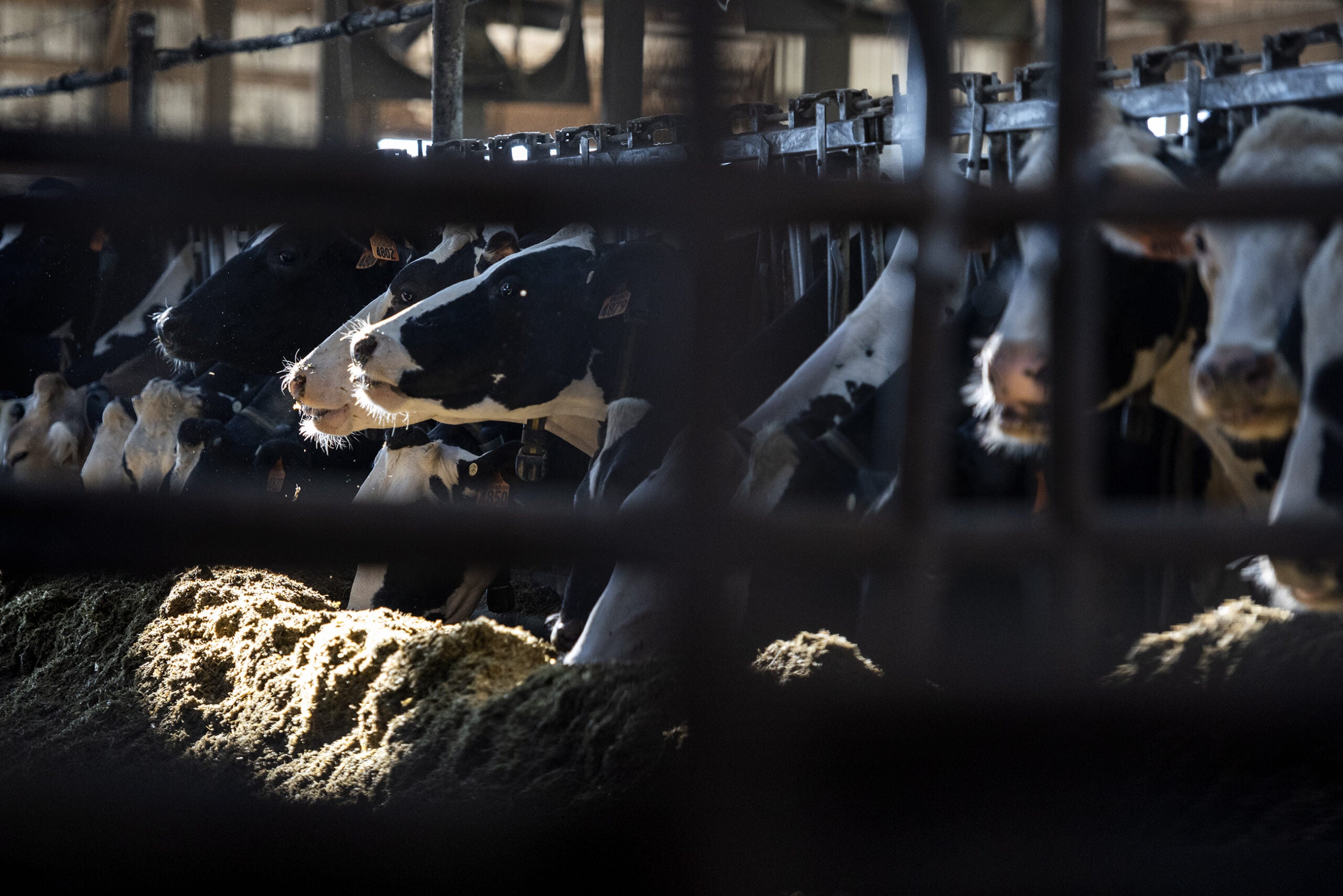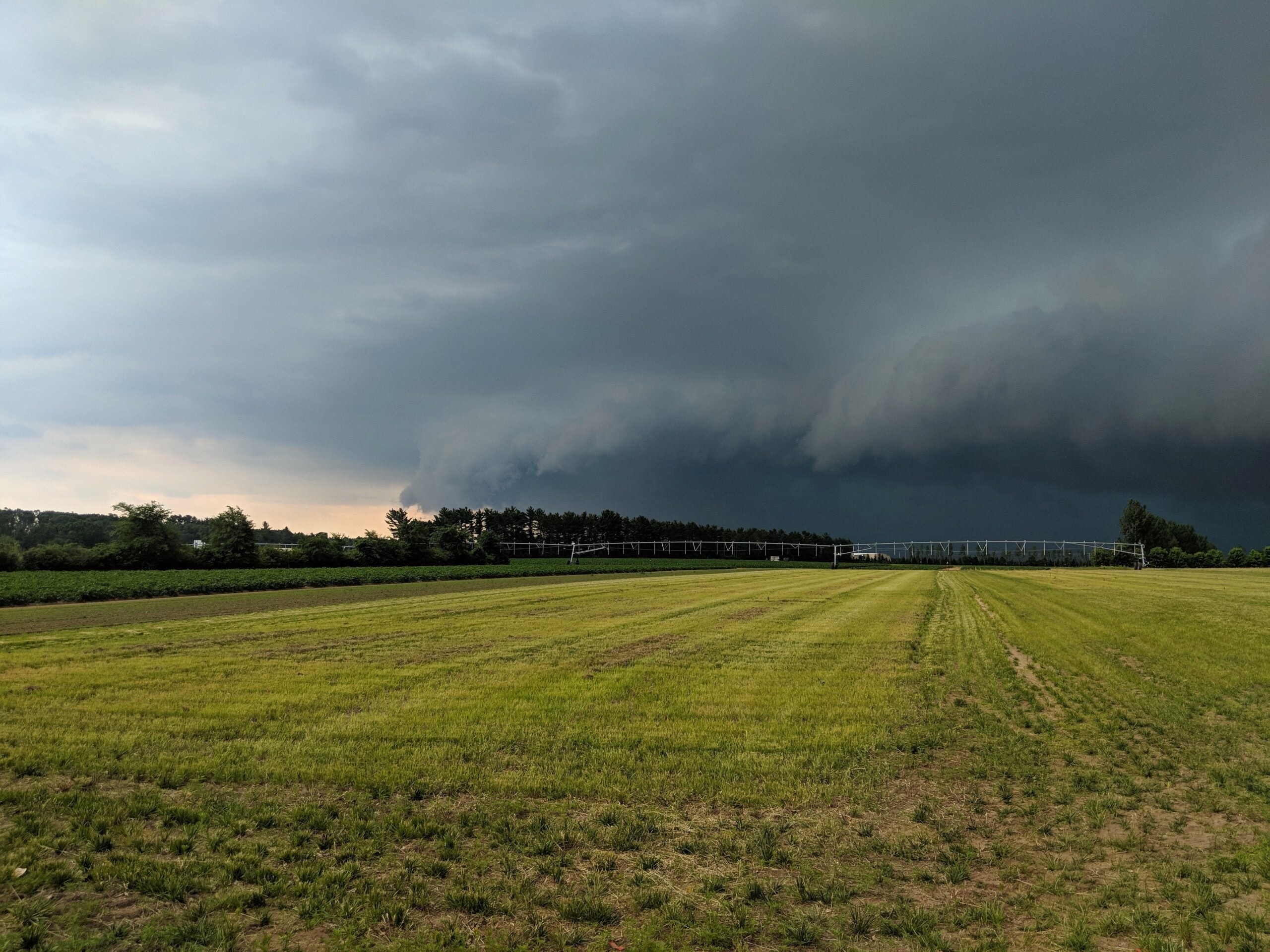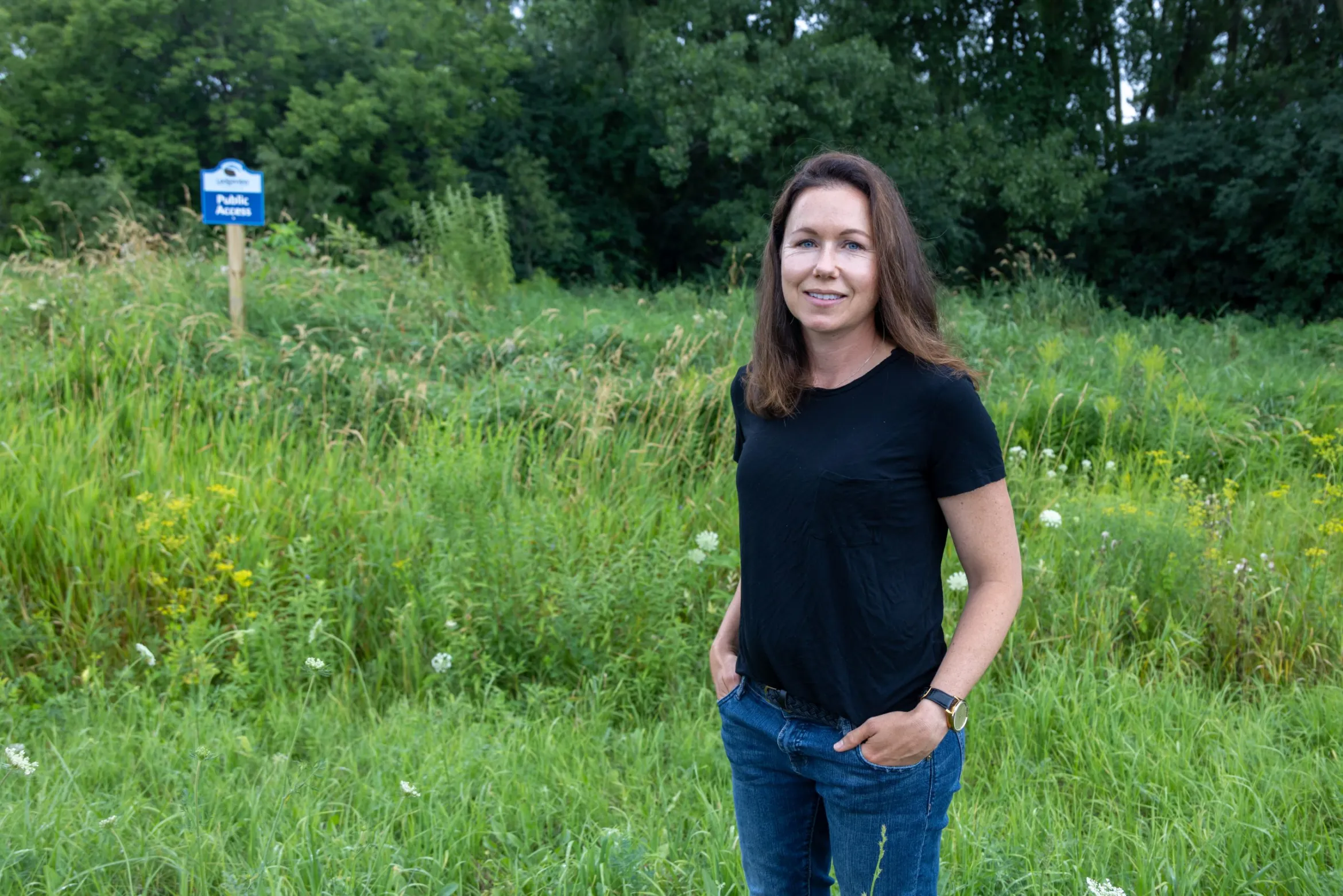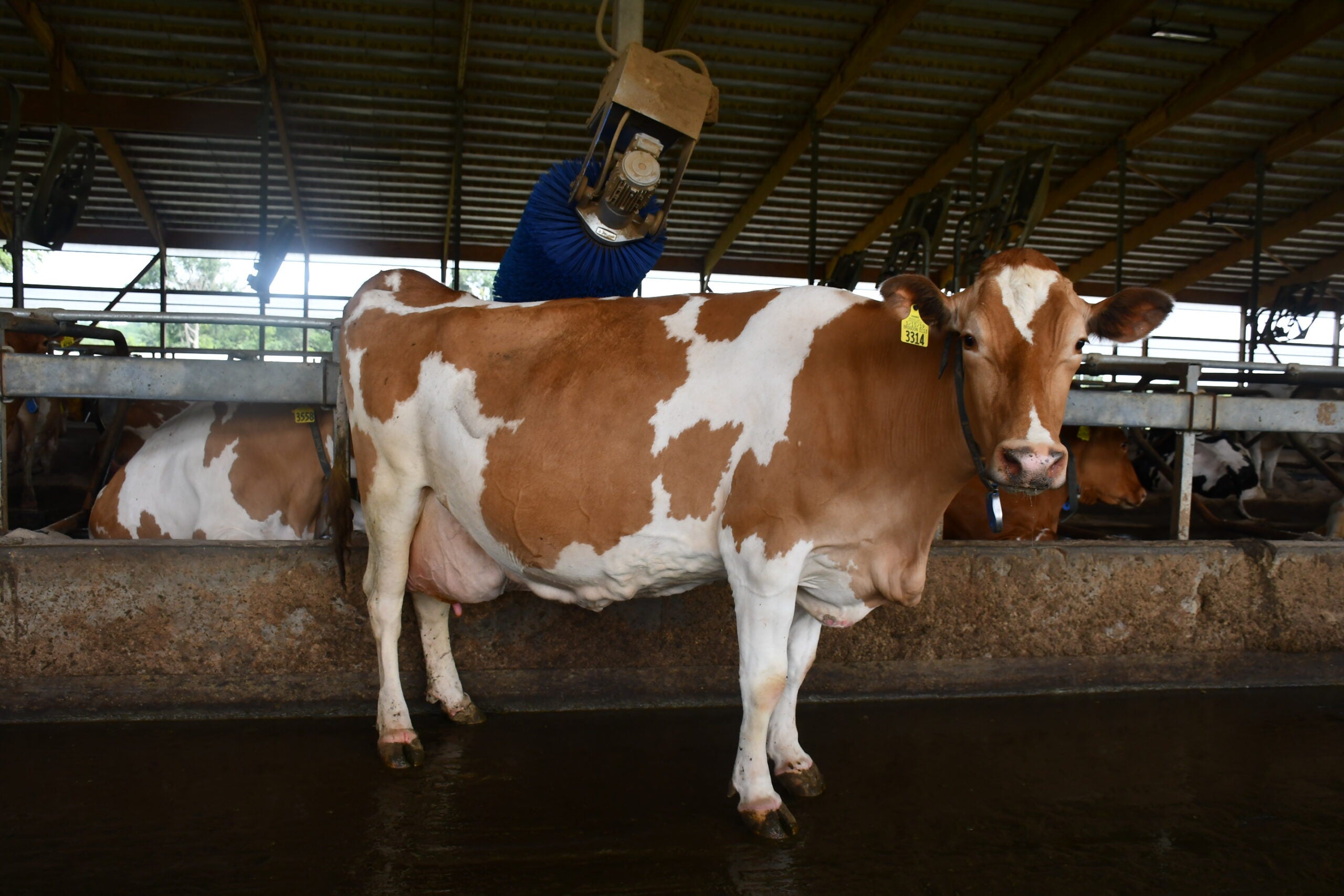Feeding dairy cows a diet including seaweed may reduce their emissions of the potent greenhouse gas, methane, by up to 20 percent, according to initial results from University of New Hampshire researchers.
But for Wisconsin farmers who oversee more than 6,000 milk dairy cow herds, switching to seaweed could pose major challenges: the grass may be difficult to find locally, and it could reduce milk production.
Andre Brito, an associate professor at the university’s Organic Dairy Research Farm, recently appeared on Wisconsin Public Radio’s “The Morning Show” to discuss the prospects of feeding seaweed to cattle amid global efforts to fight climate change.
News with a little more humanity
WPR’s “Wisconsin Today” newsletter keeps you connected to the state you love without feeling overwhelmed. No paywall. No agenda. No corporate filter.
The United Nations estimates methane is 80 times more potent than carbon dioxide. And cows emit a lot of the gas as part of their digestion. The average cow burps every 90 seconds, releasing about 264 pounds of methane annually, according to the organization World Animal Protection.
Brito said researchers are exploring whether feeding seaweed to cows can reduce methane emissions, because the plant is known for having a complex set of bioactive compounds.
“Some of these compounds … have been shown to reduce methane basically by inhibiting the growth of the microbes that produce mad things in the cow stomach,” Brito said.
The New Hampshire studies are testing different varieties of seaweed to see which might be best. For example, some brown seaweed appears to reduce stress in cows while red varieties show evidence of affecting milk production in short-term studies.
“We need more research and more data to be more certain about the impacts of the seaweeds,” Brito said. “Any novel feeding strategy needs to be profitable and safe for the animals.”
For Wisconsin farmers, another challenge of using seaweed could be the economics of acquiring the grass. It could be costly to ship to the Dairy State or grow in its environment. Brito said creating local aquaculture systems may help, though.
“There (are) some companies doing that in Hawaii. That may be a possibility to scale this up and then make this more feasible to be fed at the farm level,” he said.
Wisconsin Public Radio, © Copyright 2025, Board of Regents of the University of Wisconsin System and Wisconsin Educational Communications Board.

